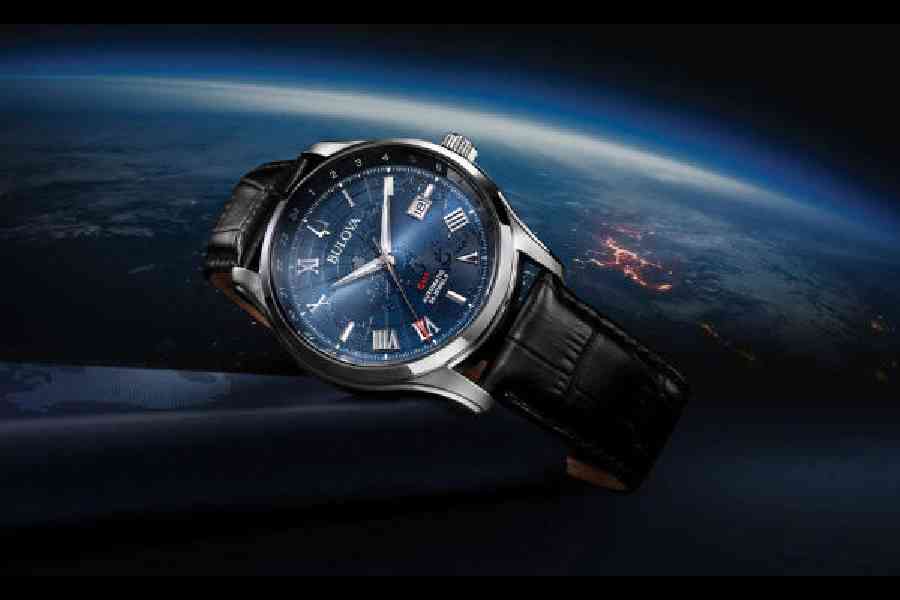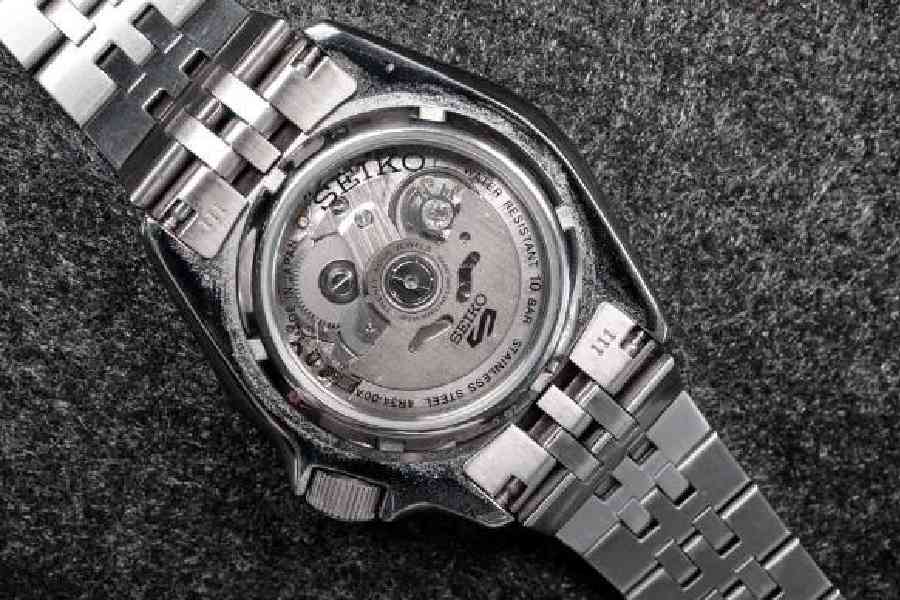Since time immemorial, machines, from the simplest, like the lever, to the very complicated, like satellite-launching rockets, have been invented as solutions to problems or, at least, to make things easier to do. Long-haul commercial flights started sometime in the 1930s, but it was only in 1946 that the Boeing 307 Stratoliner introduced the pressurised cabin. That allowed aeroplanes to fly at much higher altitudes, thereby reducing air resistancde and increasing non-stop flying range.

Bulova Wilton GMT
That created a fresh problem. Pilots had to track two time zones, often significantly different, instead of one, and there was no one instrument that could do that. Enter the Rolex GMT Master in 1954, a tool watch developed with American airline Pan Am. Derived from its earlier Turn-O-Graph model, it had a fourth hand pointing out the GMT, or Greenwich Mean Time, the predecessor of today’s UTC. It also had the now famous red-and-blue ‘Pepsi’ bezel to show day and night on the 24-hour scale. (Okay, a GMT by Glycine preceded the Rolex by about a year, but it did not, well, take off.)
With its striking looks and association with pilots, who, back then, were part of a fairly exclusive group, as well as movie stars and the jet set, who flew around the globe and wanted to track home time and local time, the GMT Master soon became a halo watch that spawned dual-time watches from other watchmakers, many of which looked rather similar to Rolex’s. Oddly enough, given that they have been around for a good 70 years this year, the prices of GMTs had remained out of reach of most — till now.
A couple of years ago, Japanese watchmaker Seiko introduced its 4R34 self-winding, or automatic, GMT movement that brought GMT watches within striking range with watch prices of around $500 (around ₹42,000) compared with earlier lowest prices of well over $1,000 (about ₹84,000). Not only did it put the movement in a number of its own watches of the Seiko 5 Sports series, it sold this to a whole bunch of microbrand watchmakers — as the NH34 unbranded movement — that created their own watches of all shapes and designs.

The Seiko 4R34 movement
Meanwhile, the other popular Japanese watchmaker, Citizen, was not to be left behind. Soon after Seiko, it brought out its own GMT watch through two of its group companies. While watch movement maker Miyota made the 9075 movement, it was sold in the Bulova brand’s Wilton GMT. The Citizen movement is supposed to be a ‘true’ GMT, according to watch aficionados, in that it allows the local time to be set without moving the GMT hand in the process, which makes setting the time easier than in the Seiko. Like the Seiko movement, this one is finding takers beyond the Citizen group of watch brands as well.
The GMT, or dual time, is one of the most useful functions — complications in watch parlance — that one can have. While very few buyers will ever get around to using, say, a chronograph, a dual time can have uses anytime one needs to track two time zones simultaneously, like, say, coordinating between two offices in different time zones. Largely because of the high prices of Swiss GMT movements, this function had not proliferated the popular watch market. The Japanese have moved the hands away from that — for the time being at least.











